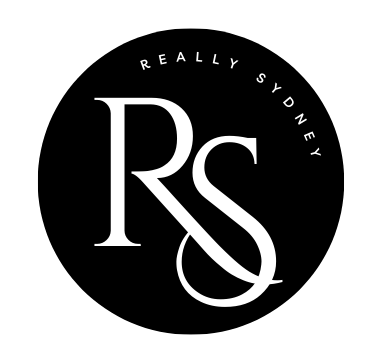When it’s time for a new set of wheels, one of the first decisions you’ll make is whether to lease your next car or buy it outright. What are the pros and cons of each option and how do you choose what’s best for your situation? Let’s explore leasing versus buying in depth.
Leasing a Car vs. Buying Outright: Which is Better?
Leasing and buying both have their advantages depending on your budget, needs and preferences. Here’s an overview of the key differences:
Leasing
- Lower monthly payments compared to financing a purchase
- No down payment or less money required upfront
- Drive a newer car more frequently with lease terms typically 2-4 years
- Easy to swap into a different car model when your lease ends
- Warranty protection for the lease duration
- No concerns over resale value or depreciation
Buying Outright
- No mileage limits unlike most leases
- Opportunity to sell or trade-in the car later
- Build equity if you take out a car loan
- Customise the car however you want
- No penalty for early payoff of your loan
- Lower total cost over multiple years
As we can see, leasing offers lower hassle and commitments while buying provides longer-term flexibility and investment. Now let’s dive deeper into the pros and cons of each option.
Benefits of Leasing a Car
Lower Monthly Payments
The top appeal of leasing is that it comes with much lower monthly payments, often 30-60% less than financing the same car. Leases just cover vehicle depreciation, not the entire cost.
Minimal Upfront Costs
Many lease deals require zero down payment or first month payment to drive away your new car. Upfront fees on a lease are typically lower than a down payment when purchasing.
No Concerns Over Depreciation
With leasing, the future value of the car isn’t your concern. The leasing company assumes all depreciation risk based on the vehicle’s estimated residual value at lease end.
No Hassles Selling or Trading In
When your lease ends, you simply hand the car back and can lease another new one. There’s no need to worry about getting a good resale value or negotiating a trade-in.
Drive the Latest Models
Like driving a new car more frequently? Leasing allows switching vehicles every few years to enjoy the latest auto features and technology.
Lower Ongoing Costs
In addition to lower payments, leased cars typically have lower running costs as maintenance and repairs are covered under warranty for the duration of the lease.
Downsides of Leasing to Factor In
Mileage Limits
Most leases limit the total kilometres you can drive over the lease term, typically around 20,000km per year. Excess mileage penalties can apply if you exceed the limit.
Wear and Tear Costs
While maintenance is covered, you must pay repair costs for any damage beyond normal wear and tear when returning the leased vehicle. These damages can add up.
No Customisation Allowed
Don’t expect to make any modifications like new wheels on a leased car. Customisation is strictly prohibited under most lease contracts.
Early Termination Fees
You’re committed to leasing for the entire term. Exit early and you’ll face hefty early termination penalty fees.
Extra Fees and Charges
Watch out for admin fees, documentation fees, registration costs and other extras that can add hundreds to the real cost of a lease.
No Ownership or Equity
A lease is essentially a long term rental. You have nothing to show for all the money paid at the end as you don’t own or have equity in the car.
Benefits of Buying a Car Outright
Build Your Equity
Making loan repayments builds equity if you take out a car loan. That equity can help fund your next car purchase as a trade-in or down payment. With leasing you build no equity ever.
Freedom to Customise
When you own it, you can personalise the car however you want, whether that’s adding new wheels or a custom sound system.
No Mileage Limits
Owned vehicles have unlimited kilometres so you never need to worry about mileage penalties. This makes buying better for high mileage drivers.
Sell or Trade it Later
You have the option to sell a purchased car on the private market or trade it in when buying another one. This flexibility doesn’t exist with leases.
Lower Total Cost Over Time
Leasing has lower payments but buying often works out cheaper in the long run, especially if you keep the car 5+ years.
No Penalty for Early Repayment
You can pay off your auto loan faster with no early payout penalties, unlike exiting a lease agreement early.
Key Financial Factors to Compare
To decide between leasing or buying, have a close look at costs including:
- Monthly payments
- Down payment amount
- Interest rate on financing
- Length of loan term if buying
- Residual value estimates
- Total mileage needs
Crunch the numbers and compare total outlay between leasing and buying options over the loan term. Consulting a financial advisor can help gain clarity on the best value option for your situation and budget.
Which is Better for You?
Determining whether leasing or buying is the smarter move ultimately depends on your individual circumstances:
- How long do you plan to keep the car? Shorter = more suited to leasing.
- How many miles will it be driven annually? Higher = buying recommended.
- Is driving something new every few years important? If yes, leasing allows this flexibility.
- Does customisation appeal to you? Buying lets you personalise the car.
- Do you want lower total costs over 5+ years? Buying often saves money longer-term.
